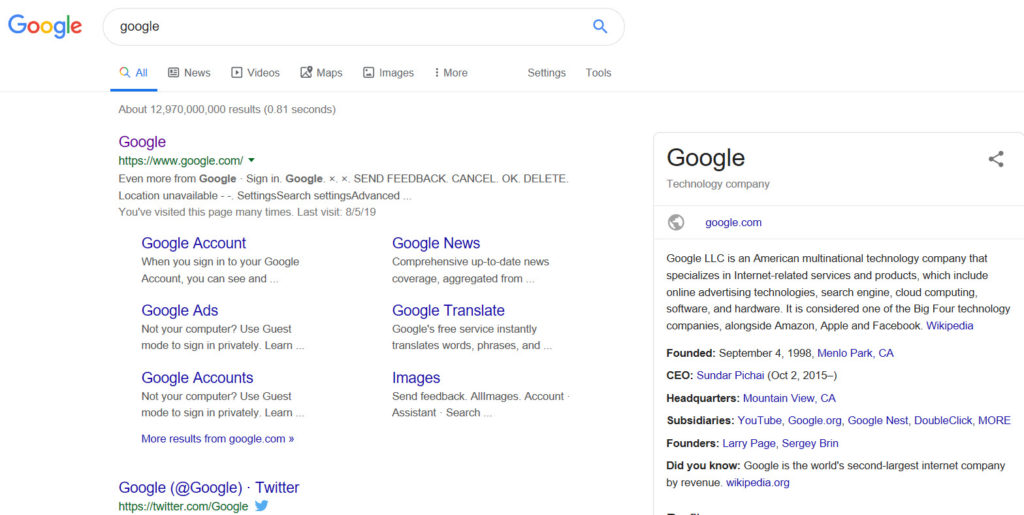Dashboard or Strategy Board.
How do you convince someone they need to invest in something they don’t know they need? First you have to educate them about the problem. Then you have to educate them as to the solution. It’s a two stepper. Two steppers are expensive. It’s sooo much easier to offer consumers something they know they need.
This two-step approach is the life of the brand strategist. My key business development chore is to convey to marketers that a focused and well thought out brand strategy can increase the value of all marketing. Thanks to the variety of marketing channels and tools available today (read: HubSpot, Google Analytics, etc), most marketers are focused on the dashboard, not the strategy board.
So how does one educate a marketer that a focused brand strategy will elevate the success of their product? The answer is — by sharing a disorganized brand strategy. Enter Brand Strategy Tarot Cards.
The cards are not really Tarot Cards but might as well be as they can predict brand organization. The cards are actually 7 pieces of select marketing content — all of which are highly visible to the public. By parsing these pieces for key take-aways in real time in front of a marketing team leader a picture emerges. It’s either a Rembrandt or a de Kooning. Clear and understandable or random and interpretive.
I am tweaking what the 7 pieces of content are but I would love a marketer to help me in my Beta efforts. It’s a freebee. Please write Steve@WhatsTheIdea.com and let’s get started.
Peace.









